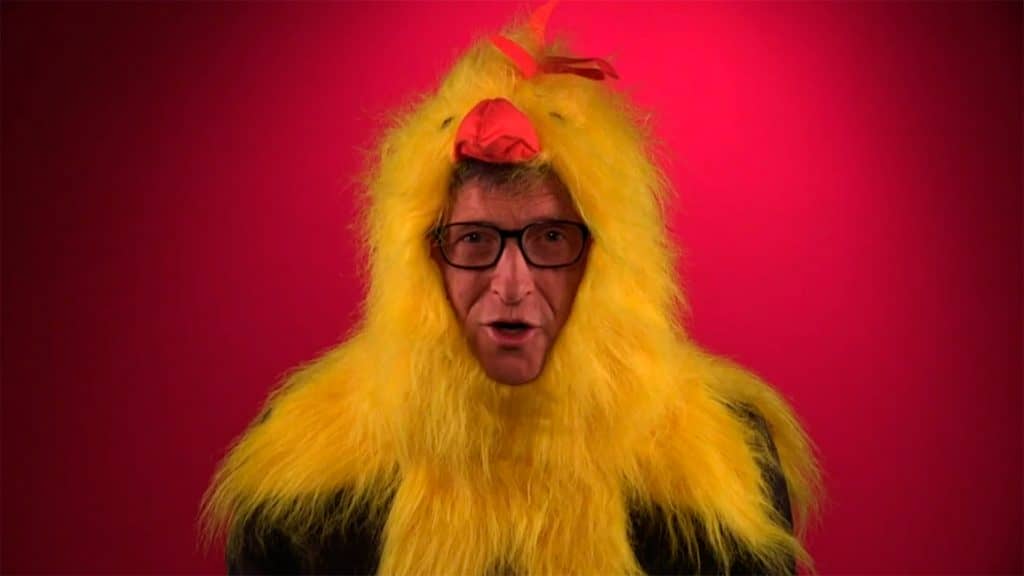We know him for his state of the art technology advances and his company competing with the best of the best in the world of software. But this time, the richest man in the world has his sights on something very contrary to his genre of work.
On Wednesday, June 8, Bill Gates proclaimed that raising poultry and livestock is the way out from poverty. Standing beside a makeshift chicken coop on the 68th floor of a New York skyscraper, Bill Gates announced his Foundation’s collaboration with Heifer International, which is a charity focused on donating livestock to poor families across the globe.
After this cooperation, the two organisations aim to deliver chickens around the world in a bid to lift their citizens above the poverty line.
Just a day ago, the much famed “world’s richest man” and philanthropist posted on his Gates Notes blog, where he stressed on the benefits a flock can offer to the more unfortunate families.
According to Gates, chickens multiply continuously, making them an investment with the highest return percentage and making the economic equation so strong.
Dr Batamaka Somé, an anthropologist from Burkina Faso also work with the Bill Gates Foundation. He has spent decades on studying the economic impact of raising chickens, and in the video below he explains why he is so passionate about poultry.
Gates says his initial donation will be 100,000 chickens. While enumerating the benefits of raising livestock, he added that families that keep chickens have the option to use the birds for meat or for selling the chicken for money. The can also use the poultry as a living currency to pay for things like school fees or repairs etc. Adding to that, the chicken are low maintenance, cheap and can empower women to take active entrepreneurial roles in their community.
“The chickens are almost entirely a women’s activity because it involves being around the household all day long,” Gates says.
Through in-depth research during his trips to West Africa, Gates came to the conclusion that with a sale price of $5 per chicken an owner can earn over $1,000 a year. This would raise them over the extreme-poverty line hovering around $700 a year. He also noted that after a period of three months, an owner of 8 to 10 chickens could grow their flock up to 40 chickens.
Another feature adding to the self-sufficiency and viability of the plan is that the families can consume eggs or milk all year-round, reducing their grocery budget and providing healthy food at minimum cost.
In East Africa herding livestock like chickens and cows is the primary way to provide for a living. According to a statistic, livestock makes up between 30 and 40% of the income in a household in this area.
Gates and Heifer have narrowed down roughly a dozen countries where they will donate chickens to make the most effect, which comprises of areas in rural Africa, Central America, and Asia.
The major challenge in the execution of this plan is to choose adequate locations according to the need and the environmental conditions, along with ensuring that local farmers are properly trained to raise a flock of eight or nine chickens. Currently, the plan is to train the farmers via local government organisations that cooperate with Heifer International and the Gates Foundation.
The plan sounds much like the proverb, ” Give a man a fish and you feed him for a day. Teach a man to fish and you feed him for a lifetime.” Replace the word fish with chicken and you have quite literally got Gates’ philosophy driving this initiative.
Do you think livestock is the answer to raising the extreme poverty line? If you have any other ideas, we will love to hear them in the comments’ section below!

